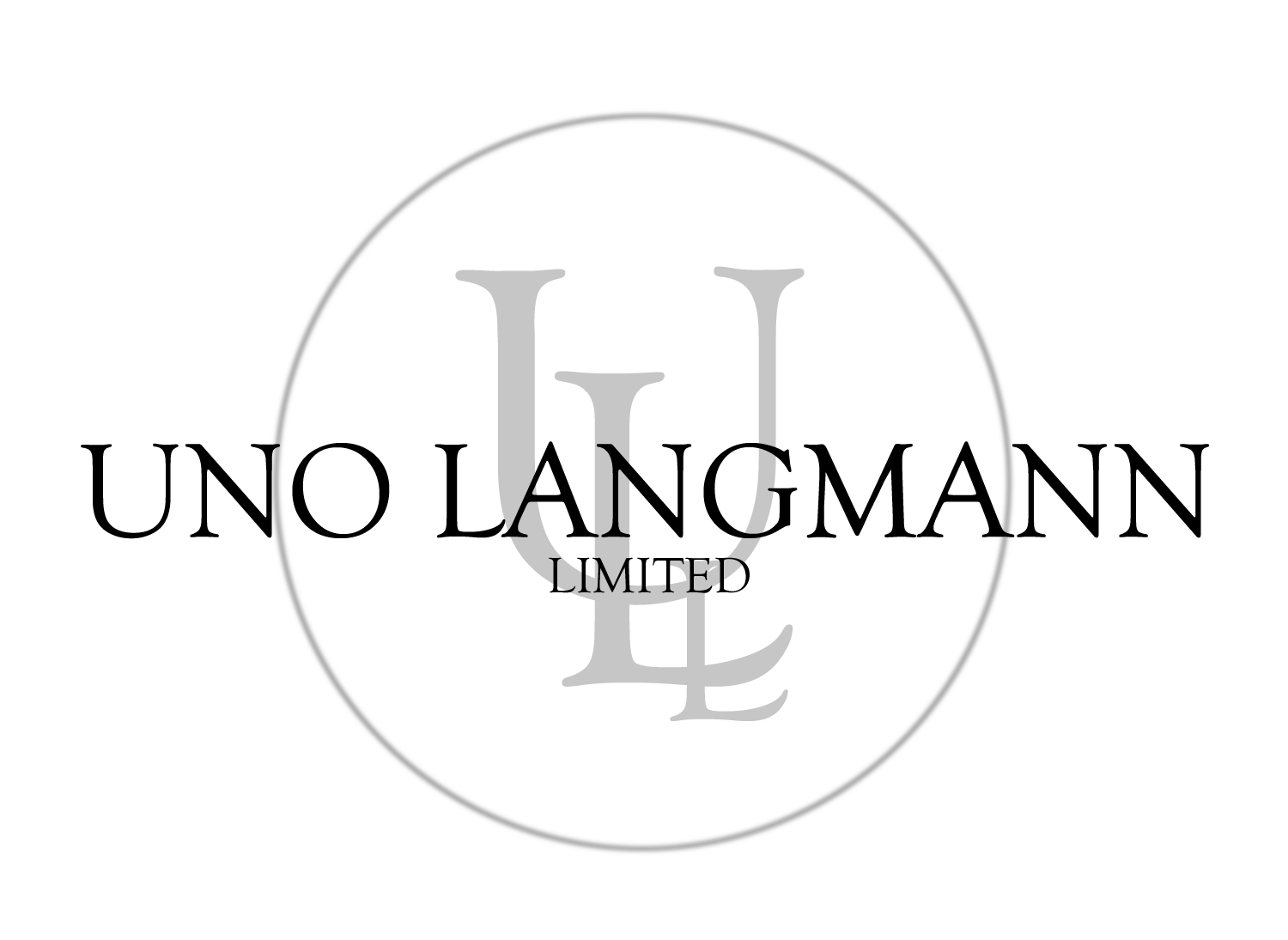Adam Styka was born in Poland to an artistic family. He studied under both his father Jan Styka (1858-1925) a prominent Polish painter of historical and military subjects, and his brother to Tadeusz (Tadé) Styka (1889-1954) an accomplished portraitist, with his father giving him his first lessons in drawing and painting.
First studying at the Jesuit College in Chyrow, Adam continued on to Paris to the French Academy (École des Beaux-Arts) in 1908. He exhibited his first paintings at the Grand palais des Champs Elysées in 1911 and completed his formal training at the Academy in 1912 in the studio of Fernand Cormon (1845-1924). In 1914 he exhibited at the Orientalist Salon, presenting 16 paintings which were extremely well received. During this time, he exhibited in Paris galleries such as the Champs Des Elysses, Gérard Frères Gallery and Gallery Georges Petit.
Styka attended the French Military Academy in Fontainebleau and served in the French artillery during the First World War, distinguishing himself in combat while being wounded. He was awarded the National Order of Merit, along with French national citizenship.
Using France’s allegiance he travelled to North Africa, absorbing the Islamic culture and being greatly influenced by the region. He exhibited his first North African subjects in 1913 which caused a sensation and earned him the title “Painter of the Sun”, with critics commenting that his canvases appear to be “dipped in light”. His palette became tinted and harmoniously blended under the North African sun, combining the vibrant strong colours full of contrast of the hot Sarah Desert of Northern Africa. He devoted himself to genre scenes depicting the sun-drenched people and landscapes of the North African Maghreb. As a result of these journeys, which he made every year, he developed an entire genre of Middle-Eastern and Oriental themes for which he was best known. During this period, he also provided illustrations for many publications.
Styka left France in 1950 to settle in Pennsylvania where he concentrated on painting views of the Wild West which were well received by such critics as Dick Owens. During this time, he also painted religious subjects which are now located in churches in Europe and the US. He passed away in 1959 and buried in the Alley of the Merit in the cemetery of the “New Czestochowa” of the Pauline Fathers in Doylestown, Pennsylvania.

